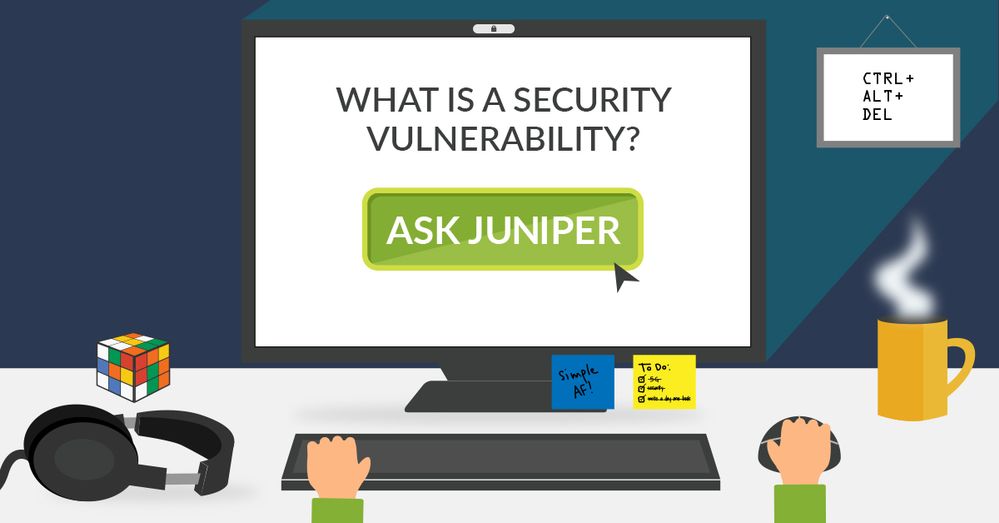Today’s security landscape is as sophisticated as ever. Between new malware variants and advanced ransomware strains, organizations are preparing their architectures for a vast array of complicated threats that could come barging in at any time. While this landscape is ever-evolving, there are some cyberthreats that hold steady throughout the years. A security vulnerability is one of these issues that has impacted technology around the globe for decades. Defined as a flaw in code or design, a security vulnerability (otherwise known as a flaw or bug) creates a potential point of compromise for a network or endpoint. A vulnerability is like leaving the front door to your house open for anyone to walk through, and malware and ransomware are the damage the intruder does once inside.

A security vulnerability can occur in any form of technology — computer software, mobile applications, cloud systems, etc. If a device carries an error in the code or construction, hackers can exploit that flaw via code injection, buffer overruns, hacking script applications or other means. Essentially, these are the ways hackers can choose to step through the open door that a vulnerability provides.
Once a hacker figures out a flaw and makes a way inside a device, he or she can easily compromise an entire network as well. In turn, this can compromise anything connected to the network – data centers, on-premise hardware, private and public clouds and important enterprise data – increasing the attack surface as a whole.
With the boom of connected devices only expanding this attack surface, it is crucial businesses take the security steps necessary to safeguard endpoint devices and the network these devices connect to. While the actual act of fixing vulnerabilities falls into the hands of manufacturers and device makers, employees can do their part by keeping their devices updated, as each update usually includes patches to bugs. Enterprise leaders can also contribute to the cause by bringing in the right combination of skilled security workers and advanced network protection solutions that can work together to protect any issues that stem from security vulnerabilities.
Resources:
Secondhand IoT Devices, Firsthand Threats to Security
Seize the Opportunity: Crucial Skills for a Career in Cybersecurity
Securing a Multicloud Architecture
Black Hat 2018: Securing the Expanding Cyberattack Landscape

























